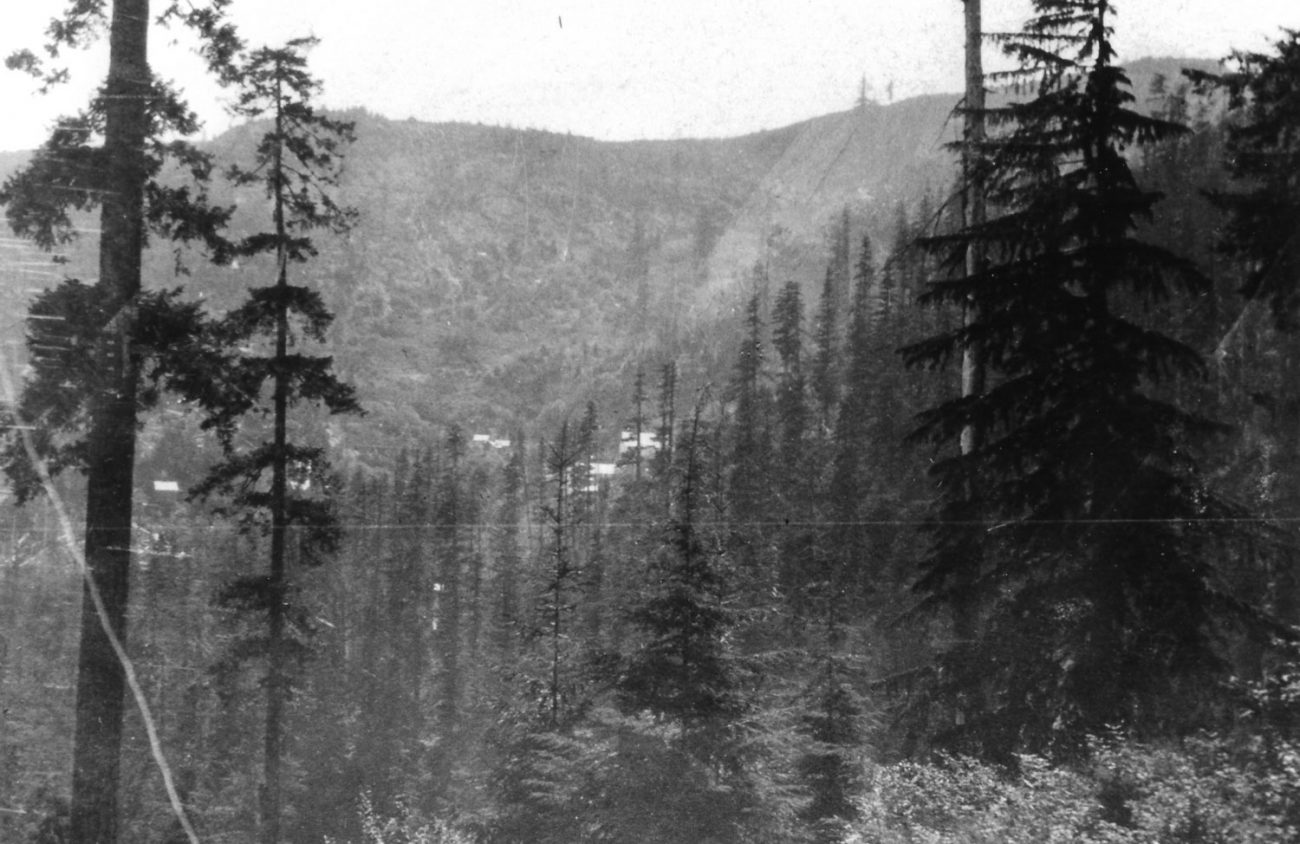John Downer
In honor of Black History Month, we bring you the story of a recently “rediscovered” black pioneer of Lane County.
About three months ago, historian Steve Williamson wrote to the Lane County Historical Museum asking what we knew of a black miner in the Blue River area.
Williamson knew the surname and that the local Downer Springs were his namesake.
An immigrant from the West Indies, John Downer arrived in the U.S. in 1854, according to the 1900 census. His race was listed as “black” and, in 1900, Downer was literate in both reading and writing English. Also noteworthy, Downer was a property owner of the Treasure Mine in the Blue River mining district of Lane County and held a patent on the Keystone mine fully in his own name.
A Dec. 17, 1889, Morning Oregonian article claims that Downer was the first miner to find gold in the Blue River district.
Not much is known of Downer’s personal life. It appears he never had a domestic relationship that was noted in census or recorded elsewhere. However, we have found quite a few litigation disputes in local and regional papers. In all but one case, it looks as though Downer was successful in defending his positions. The issues raised in court involved mining equipment and property.
It appears that Downer held a bit of clout when it came to his political affiliations.
An Aug. 19, 1892, story in the Eugene Journal states “the only colored citizen of Lane County is a member of the Grant and Wilson Club. He was formerly a Democrat, and voted for Whiteaker at the last election.”
Though Downer is not mentioned by name, the museum attributes this information to him.
John Downer was not extraordinarily wealthy but appeared to have been comfortable. He owned a ranch and cabin and was amicably familiar with other land and mining operation owners in the area. Two investors of neighboring mines were Thomas (T.G.) Hendricks and Stewart B. Eakins, owners of The First National Bank in Eugene. This friendship played an important role in Downer’s Eugene burial.
According to obituary information found in the Morning Register and the Eugene Guard, John Downer fell ill a couple weeks before his death. Neighbors were looking after him while he was recovering in his Blue River cabin. Unfortunately, neighbors went to check on him after a few days only to discover that his cabin had burned down, and Downer barely escaped.
Neighbors took him in and eventually were able to get him, through the county court, into the general hospital in Eugene, where he later died of injuries that occurred during the fire.
In Downer’s Eugene Guard obituary dated June 3, 1909, T.G. Hendricks is quoted as saying, “Downer was a white man, even though his skin was black.”
His Morning Register obituary on June 4, 1909, said Downer “was a man of unquestioned honor and integrity, and those who had dealing with him regarded him as the soul of honor.”
Personally, I prefer the expanded version that lists his professional and personal attributes.
Hendricks and Eakins purchased a plot for John Downer in the IOOF Cemetery, located near the UO campus on 18th between University Street and the Frohnmayer music building, to keep him from being buried in the potter’s field. He is located in Section B, Block 389, Plot 7, in an unmarked grave.
The IOOF has Downer listed as John “Old John” Downer, buried June 2, 1909.
Heather Kliever is education curator at the Lane County Historical Society.
